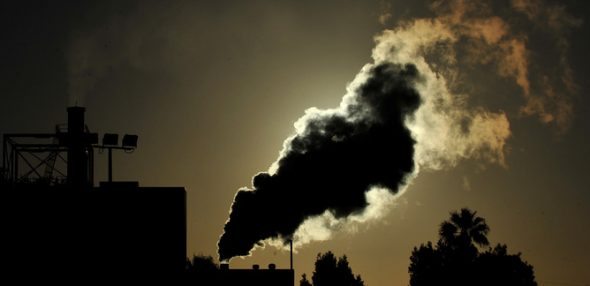
MELBOURNE, April 13, 2017 – The fifth Emissions Reduction Fund (ERF) auction was held on April 5–6, with 31 contracts entered into by the Clean Ewnergy Regulator (Regulator) for the delivery of just 11 million Australian Carbon Credit Units (ACCUs) at an average price of $11.82. $133 million in funding was committed, with more than $300 million remaining in the government’s initial $2.55 billion funding tranche.
As forecast in our earlier auction outlook, results are a considerable step down from earlier auction events.
At auction four (November 2016), over $360 million in funding was committed to purchase 34 million ACCUs (47 contracts), while $516 million was committed at auction three (April 2016), purchasing over 50 million ACCUs over 73 contracts.
Poor result reflects negative market sentiment
As noted in our earlier outlook, the poor auction result reflects negative market sentiment in the ERF, with the low average price of ACCUs and the administrative complexity of the scheme creating a significant barrier to participation for many firms, particularly high emitting companies.
This low level of participation is expected to continue for the foreseeable future, with the low average price of abatement resulting in many projects being economically stranded under the ERF with little incentive for further bidding given the current low price environment.
Low participation leading to higher contract prices
While the low price environment is impacting broader participation, low registration rates have led to higher contract prices as a result of reduced competition.
In line with our auction outlook, the average price of abatement jumped over 10 per cent from $10.69 to $11.82 at auction five, underpinned by a wider spread between lowest and highest contract prices.
While the average price of abatement disclosed by the Regulator is a market reference point, in practice, it is of little help as a robust price signal given it does not reflect the wider value of contracted emissions reductions.
To this end, modelling again indicates a broad spread of contract prices at auction five, with many proponents contracting at a premium above the weighted average price. Proponents seeking to capitalise on lower participation, by bidding above the average price, were therefore rewarded by favourable contract prices.
We continue to see good upside for bidders operating at the top end of the auction bid-stack, with the high variable clearing threshold (84.1 per cent of abatement purchased below the benchmark price) creating upside opportunities for informed bidders.
Emissions growth continues to outpace abatement purchased by ERF
While additional funding for the ERF will create the possibility for ACCU prices to rise at future auctions, potentially unlocking some higher quality abatement, the bigger issue for policymakers remains the design of a more effective long term scheme that is able to meet Australia’s emissions reduction commitments.
In this way, the success of the ERF must be measured by the sum of its two parts – the ERF and the safeguard mechanism – with tighter emissions limits needed to curb Australian emissions growth, which is being driven by covered sectors. Until this point, the ERF will fail to purchase enough abatement to outpace Australia’s emissions growth .
The re-setting of the safeguard mechanism to align with Australia’s 2030 target may therefore provide more accountability for high emitters – and a long-term source of demand for ACCUs – while safeguarding ERF investment.
RepuTex is Australia’s largest provider of energy and emissions market analysis, with customers at over 150 of the region’s leading Power, Energy, Metals, Mining, Government and Carbon Farming firms.
MEDIA CONTACTS
RepuTex spokespeople are available for comment. Please contact RepuTex Melbourne on 61 3 9600 0990







